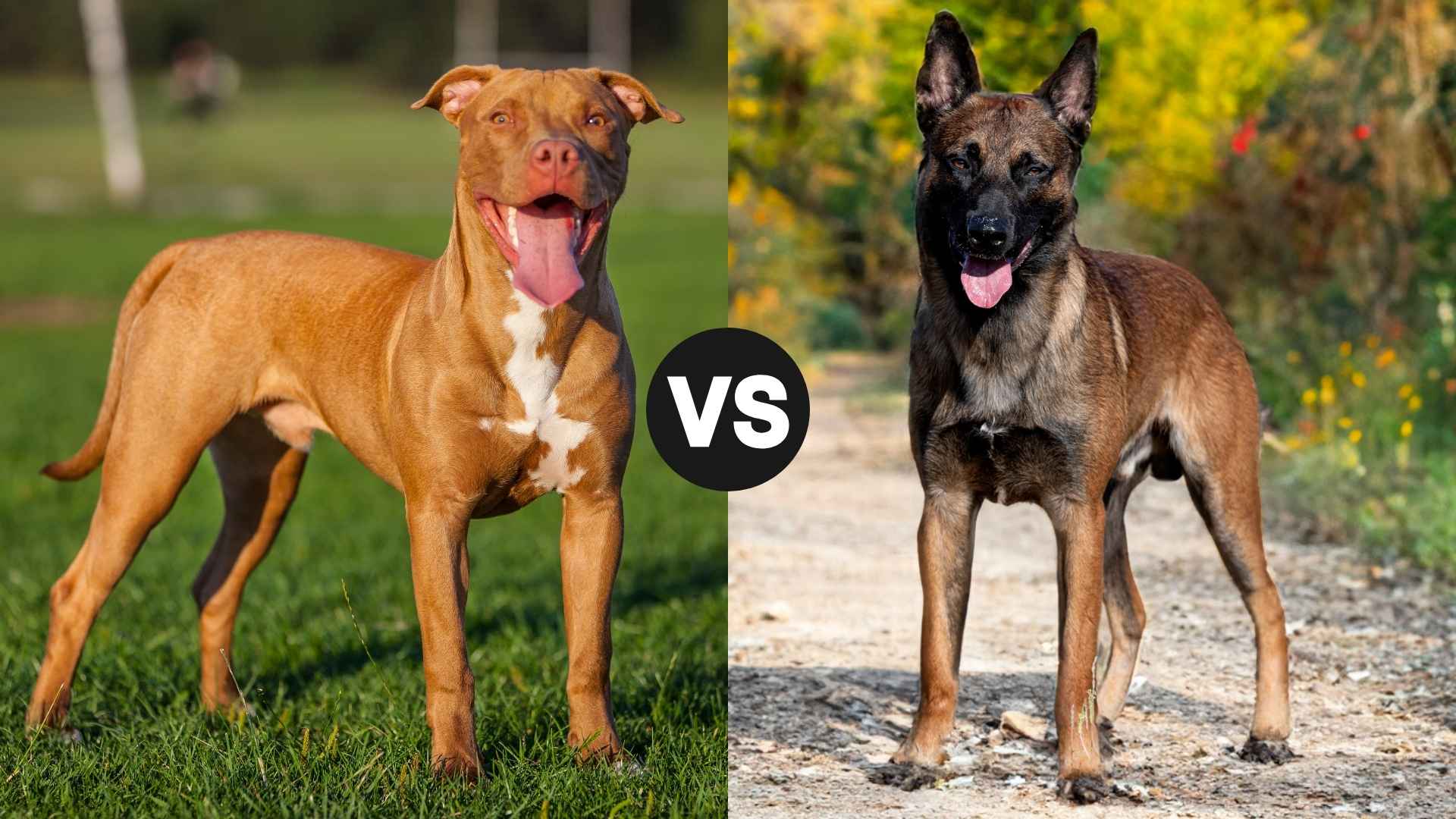When comparing two of the most energetic and powerful dog breeds—Pit Bull vs Belgian Malinois—you’re diving into a world where history, strength, and loyalty collide. The Pit Bull, developed in the 19th century, originated from a mix of Bulldog and terrier breeds.
Originally bred for hunting and restraining semi-feral livestock, this dog is renowned for its muscular build, fearless nature, and deep devotion to its human companions. Though not recognized as a distinct breed by the American Kennel Club, the American Pit Bull Terrier is officially acknowledged by organizations like the United Kennel Club and the ADBA.
On the other hand, the Belgian Malinois, a sharp, agile herding breed from Belgium, thrives on discipline, purpose, and intense activity. These dogs shine in roles like police and military work, where intelligence and stamina are essential. So, how do these two compare? Let’s explore their differences in temperament, roles, and family suitability.
Pit Bull vs. Belgian Malinois
The Pit Bull and Belgian Malinois are two highly capable breeds with distinct origins and purposes. Pit Bulls were developed in the 19th century across England, Scotland, and Ireland by crossing Bulldogs with terriers, originally bred for hunting and restraining semi-feral livestock.
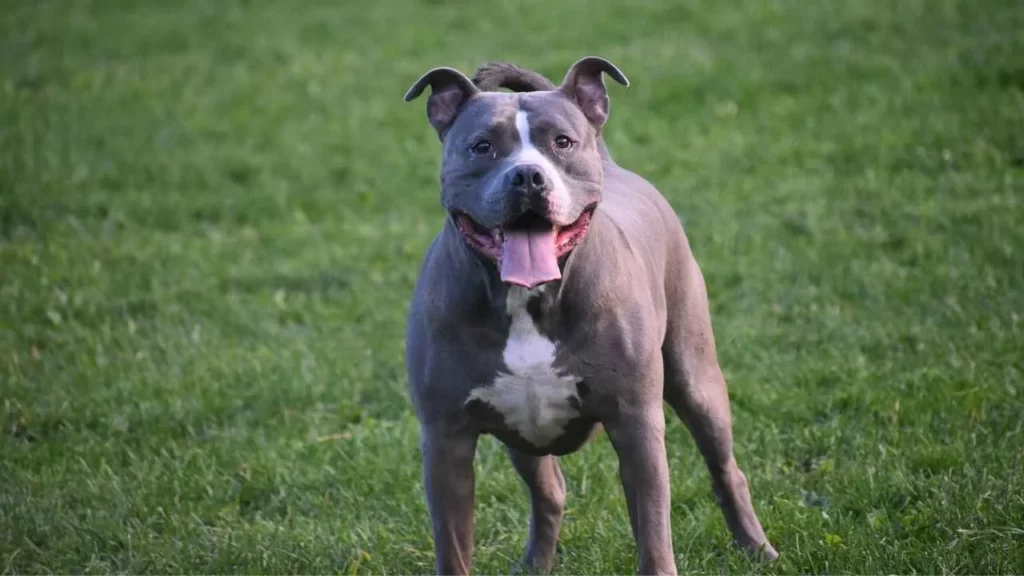
Despite their early role in dog fighting, aggression toward humans was discouraged due to the need for handler control. Over time, the name “Pit Bull” came to represent a type rather than a single breed, often applied to dogs like the American Staffordshire Terrier and Staffordshire Bull Terrier.
While the American Kennel Club (AKC) does not recognize Pit Bulls as a breed, the United Kennel Club (UKC) and the American Dog Breeders Association (ADBA) officially recognize the American Pit Bull Terrier, according to Britannica.
In contrast, the Belgian Malinois was developed in the 1800s near Mechelen, Belgium, as a herding dog. This breed is admired for its confidence, intelligence, and tireless work ethic. With a thick, fawn-to-mahogany coat and black markings, the Malinois has become a favorite in police and military circles thanks to its strength, trainability, and loyalty.
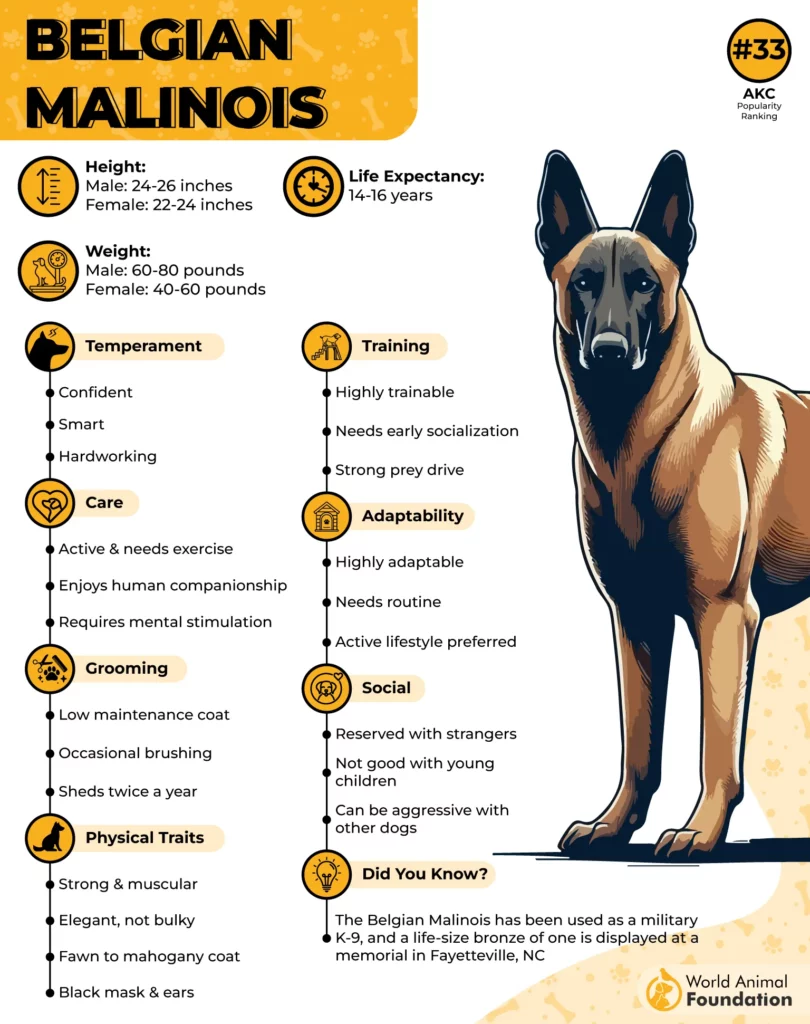
Unlike Pit Bulls, which are often misunderstood due to their fighting history, the Malinois has gained recognition for its strong guarding instincts and service-oriented temperament. However, this breed thrives only in homes with active, experienced owners who can provide structured training and consistent mental and physical stimulation.
Belgian Malinois vs. Pit Bull: Major Differences
The Belgian Malinois and Pit Bull were bred for vastly different purposes, which still shape their behavior today. The Belgian Malinois, a variety of the Belgian shepherd breeds, originated in the city of Mechelen in the 1800s.
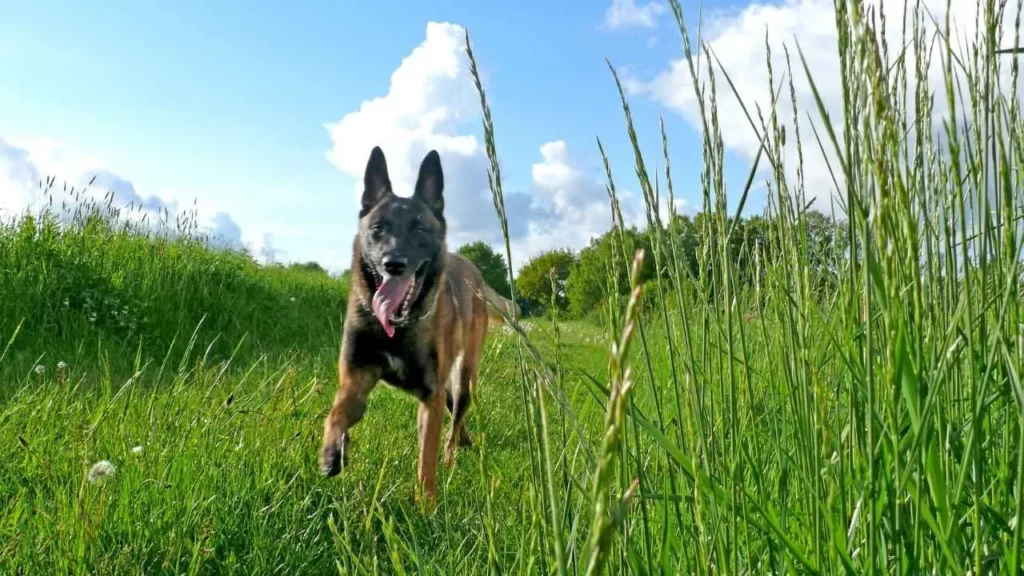
Bred for herding and protective roles, the Malinois is known for its intelligence, high energy, and relentless work ethic. Over time, their role evolved beyond herding—these dogs are now prized in military and police work, search and rescue, and security, even serving in elite units like Navy SEAL teams. Their loyalty, agility, and drive make them ideal for specialized tasks and disciplined environments.
In contrast, the Pit Bull—a type rather than a single breed—traces its roots to 19th-century England, Scotland, and Ireland. Originally bred from Bulldogs and terriers for bull baiting and later dog fighting, Pit Bulls were trained to be aggressive toward other dogs but not toward humans.
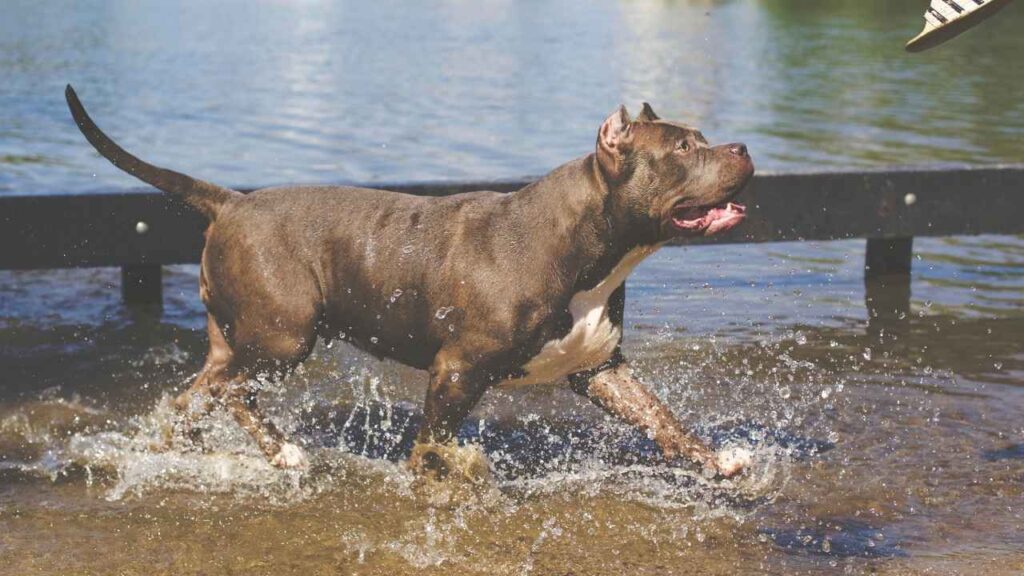
Despite their controversial past, many Pit Bulls today are loyal, affectionate, and deeply bonded with their families. Unlike the larger Malinois, Pit Bulls are medium-sized and tend to be stockier and more muscular. While both breeds are strong and energetic, the Malinois thrives in task-driven, high-stimulation environments, whereas Pit Bulls flourish with proper training, structure, and loving homes.
Size Comparison: Belgian Malinois and PitBull
When it comes to size, the Belgian Malinois is generally the larger of the two breeds. Adult male Malinois typically stand between 24 to 26 inches tall and weigh around 60 to 80 pounds, while females measure slightly smaller at 22 to 24 inches and weigh between 40 to 60 pounds.
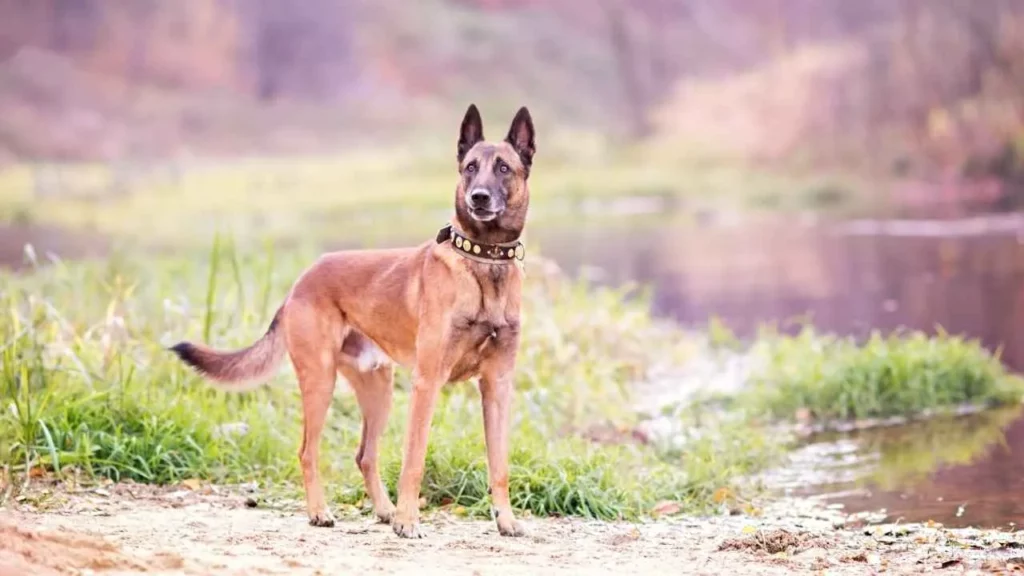
With their lean, athletic frame and high energy levels, Malinois are built for agility, endurance, and demanding physical tasks, according to WebMD.
On the other hand, the American Pit Bull Terrier is a medium-sized dog with a compact, muscular build. Males usually stand 18 to 21 inches tall and weigh 35 to 70 pounds, while females are slightly smaller at 17 to 20 inches tall and 30 to 60 pounds in weight. Though shorter and stockier than the Malinois, Pit Bulls are known for their strength and solid frames. Their short, smooth coats come in a wide variety of colors, adding to their distinctive appearance.
Coat Type and Grooming Needs
Pit Bulls have short, smooth coats that are low-maintenance and easy to groom. Their coats come in a wide variety of colors, including black, blue, brindle, and fawn. Grooming typically involves weekly brushing and occasional baths to keep the coat clean and healthy.
While their grooming needs are minimal, Pit Bulls are sensitive to extreme temperatures and may require extra care in very hot or cold weather due to their short fur.

In contrast, the Belgian Malinois sports a short, dense, and waterproof coat that also requires minimal grooming under normal conditions. Weekly brushing using a grooming mitt, hound glove, or medium-bristle brush helps maintain coat health by distributing natural oils.
However, Malinois shed heavily twice a year, during which daily brushing with a slicker brush is recommended to manage the loose hair. Regular nail trimming is also essential for both breeds to prevent discomfort and mobility issues.
Temperament and Personality Traits
Pit Bulls are often described as affectionate, playful, and eager to please, making them loyal dog companions in the right environment. They tend to be quiet indoors and not prone to excessive barking. With proper training, they are capable of advanced obedience and can serve as fair watchdogs.
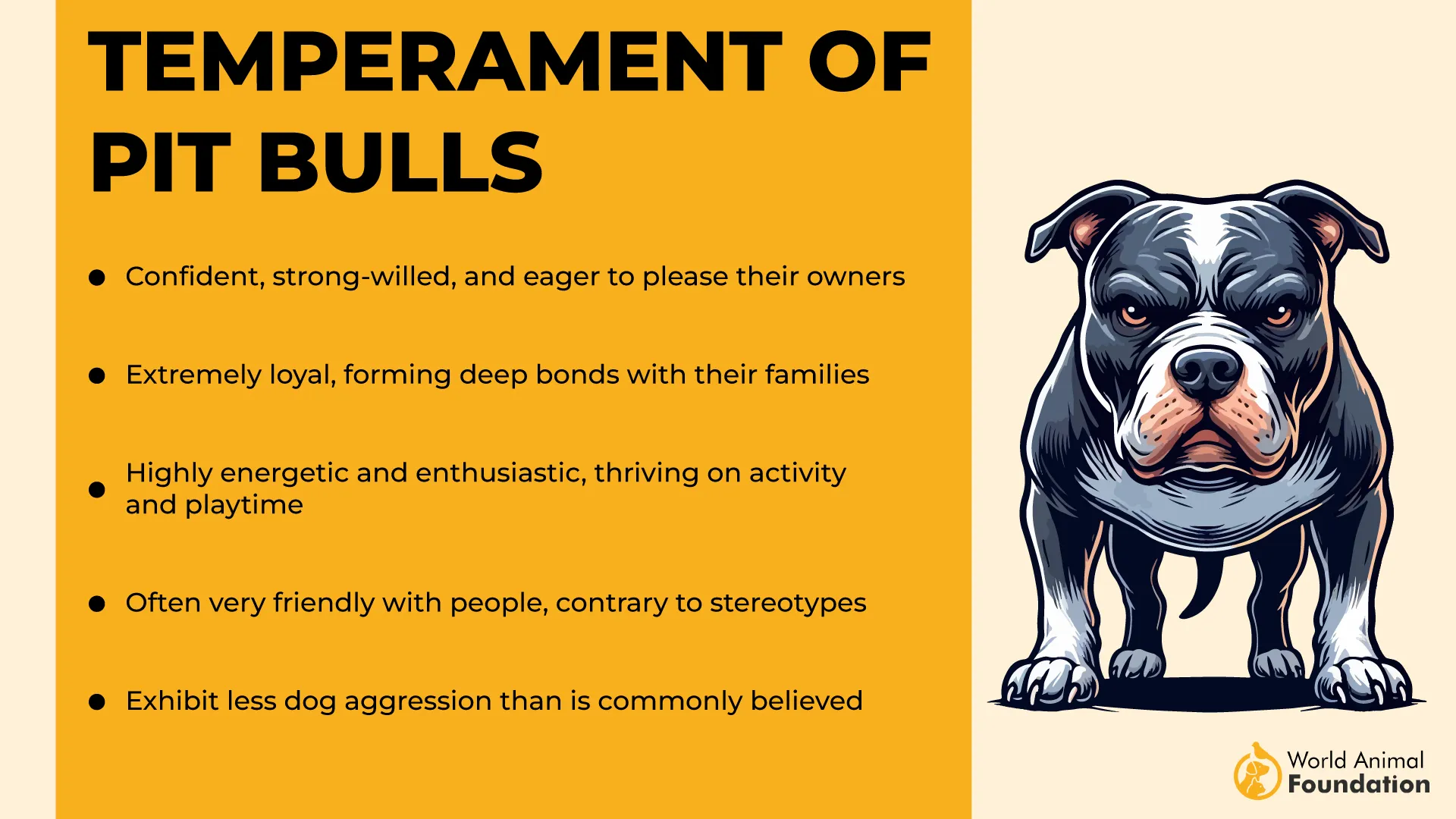
The Pit Bull’s bite force ranges from 240 to 330 PSI—not the strongest bite force among other dog breeds—but when combined with its powerful jaw and muscular build, it can cause significant damage. They were originally bred for fighting, which means they can be unpredictable in interactions with other animals and, in rare cases, humans.
While many Pit Bulls live peacefully, their strength and determination can lead to serious consequences if they become aggressive. Advocates argue that the environment and upbringing heavily influence their behaviour and contribute to Pitbull’s aggressive tendencies.
The Belgian Malinois, on the other hand, is known for its intelligence, energy, and intense work drive. This breed thrives on mental and physical challenges and is often used as a protection or service dog due to its unwavering focus and determination. While typically loyal and alert, Malinois are reserved with strangers and tend to be dog aggressive towards unfamiliar and strange dogs.
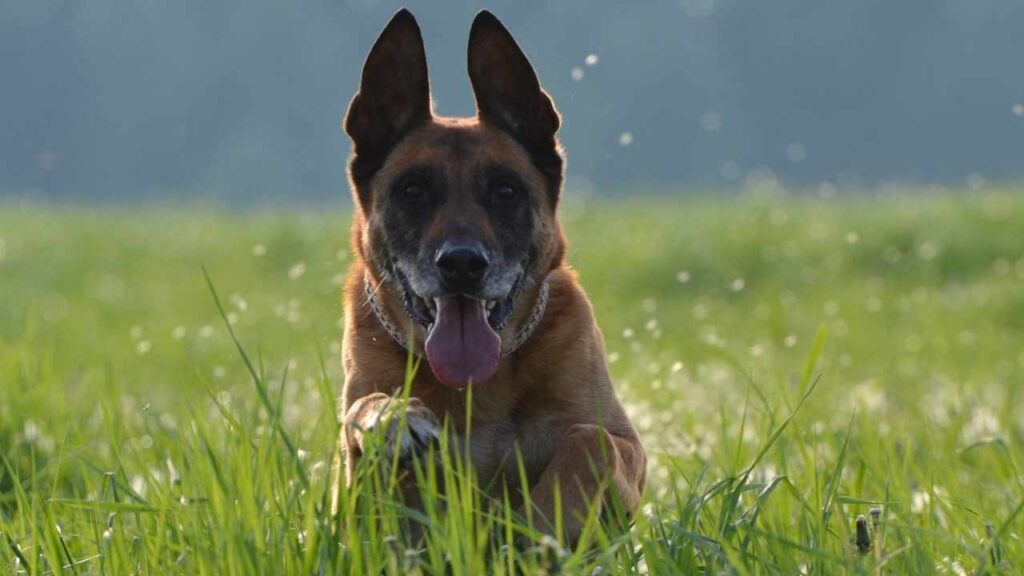
Their strong herding instincts and high energy make them unsuitable for first-time owners, kids, or sedentary households. They require extensive training, supervision, and space—ideally, living with experienced handlers and active families who can provide structure, stimulation, and consistent interaction.
Trainability and Behavioral Characteristics
Pit Bulls are intelligent, eager-to-please dogs that respond well to positive reinforcement techniques such as treats, praise, and affection. Their loyalty and desire to bond with their owners make them highly trainable, especially when training is consistent and engaging.

However, if routines become too repetitive or lack stimulation, Pit Bulls may show signs of stubbornness or independence. Clear rules, boundaries, and a structured environment help bring out the best in this breed.
The Belgian Malinois is equally intelligent but requires a more experienced hand due to its intense drive and energy. Like many herding breeds, the Malinois has a high prey drive and instinct to chase, making early socialization and obedience training absolutely essential.
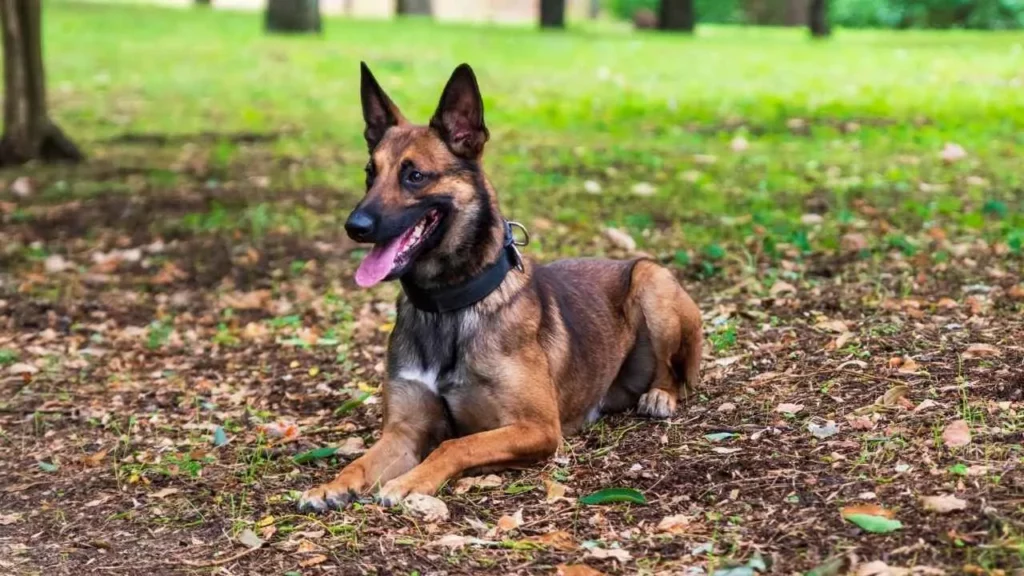
These dogs thrive in environments where they are given jobs or tasks to channel their instincts. Without proper training and mental stimulation, a Malinois can become overly reactive, making them best suited for dedicated, active owners who understand working dog behaviour.
Lifespan and Overall Health Outlook
Pit Bulls typically live between 12 to 14 years and are generally considered a healthy breed, though they are prone to specific issues. Common health concerns include hip dysplasia, allergies, cataracts, and obesity. Hip dysplasia can lead to arthritis and pain, while allergies often cause skin irritation and require lifelong management.
Cataracts can impair vision and may necessitate surgery. Regular vet checkups, a balanced diet, and exercise are essential for maintaining a Pit Bull’s overall health and well-being.
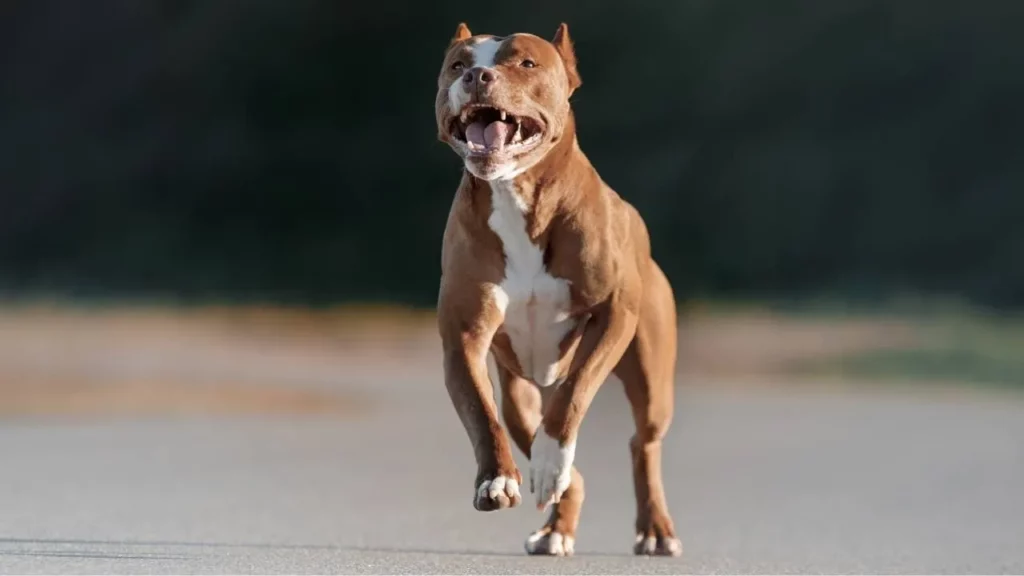
Belgian Malinois, with a lifespan of around 10 to 14 years, are also generally healthy when bred responsibly. However, they are susceptible to elbow and hip dysplasia, cataracts, and progressive retinal atrophy (PRA)—a degenerative eye disease leading to blindness, states PetMD.
While cataracts can often be treated surgically, PRA has no cure, emphasizing the importance of genetic screening by reputable breeders. With early diagnosis and proper care, many health conditions in both breeds can be managed, allowing for long, active lives.
Conclusion
Both the Pit Bull and Belgian Malinois have unique qualities that can make them great family dogs, but choosing the right pup depends on your lifestyle and experience. Belgian Malinois shares protective instincts similar to the German Shepherd and thrives with long walks and active training.
Pit Bulls are loyal pets known for their affectionate nature around the house and with cats. As a general rule, early socialization, consistent leash training, and proper food and care are key to preventing any crazy or sad behaviour from happening.
Whether you’re adopting from a shelter or bringing home puppies, doing thorough research and noticing each dog’s temperament will help you find the perfect companion. The hope is that anybody considering these breeds will be prepared to give their pup a loving home filled with patience and understanding.


